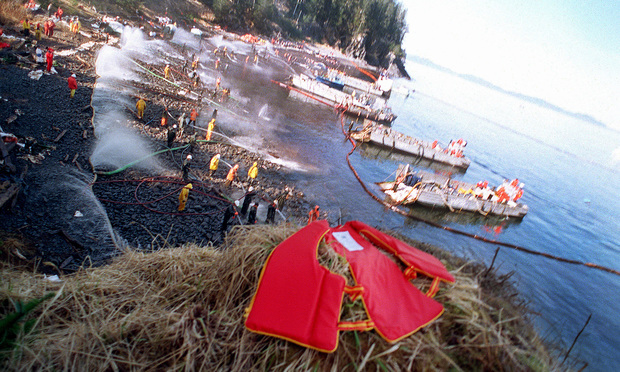In 1989, the tanker Exxon Valdez struck Bligh Reef in Alaska, spilling about 11 million gallons of crude oil into the pristine Prince William Sound and causing what was then the largest oil spill in U.S. history.
Fast-forward 26 years, and the harlequin ducks and sea otters thought in 2006 to have been affected by lingering subsurface oil have recovered to prespill population levels, as determined by recent studies. Accordingly, the U.S. Department of Justice and the Alaska Department of Law recently announced that they have decided to withdraw their 2006 request to Texas-based ExxonMobil Corporation to fund biorestoration of subsurface lingering oil patches. Both agencies are bringing to a close the federal and state judicial actions against Exxon and its corporate predecessors regarding the 1989 Exxon Valdez oil spill.
This content has been archived. It is available through our partners, LexisNexis® and Bloomberg Law.
To view this content, please continue to their sites.
Not a Lexis Subscriber?
Subscribe Now
Not a Bloomberg Law Subscriber?
Subscribe Now
LexisNexis® and Bloomberg Law are third party online distributors of the broad collection of current and archived versions of ALM's legal news publications. LexisNexis® and Bloomberg Law customers are able to access and use ALM's content, including content from the National Law Journal, The American Lawyer, Legaltech News, The New York Law Journal, and Corporate Counsel, as well as other sources of legal information.
For questions call 1-877-256-2472 or contact us at [email protected]



